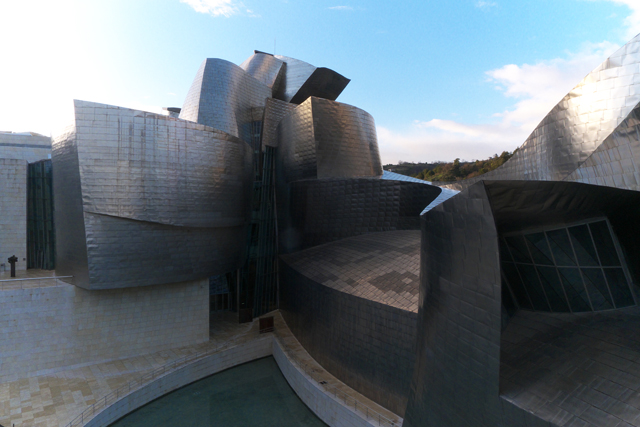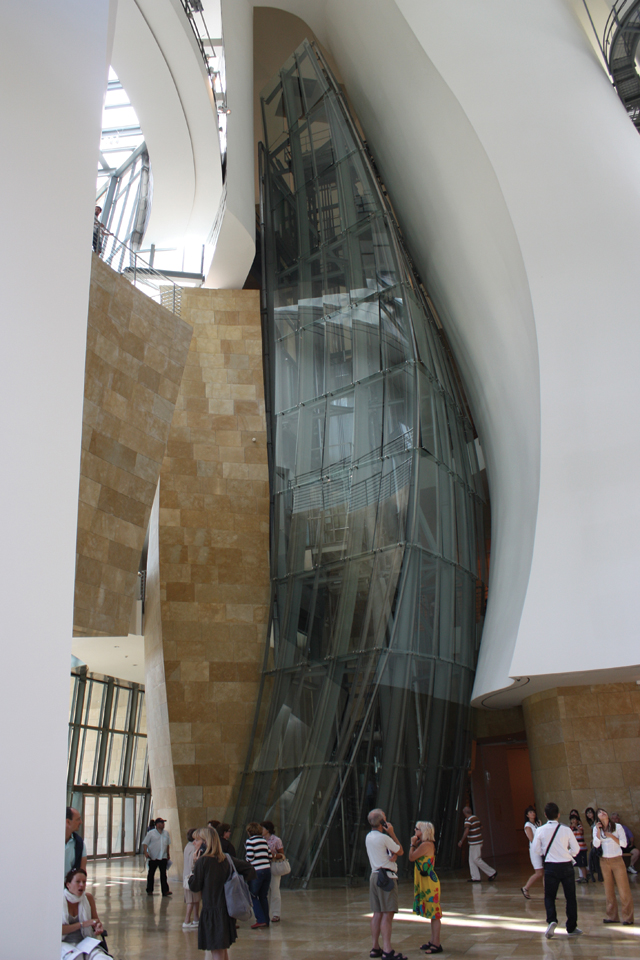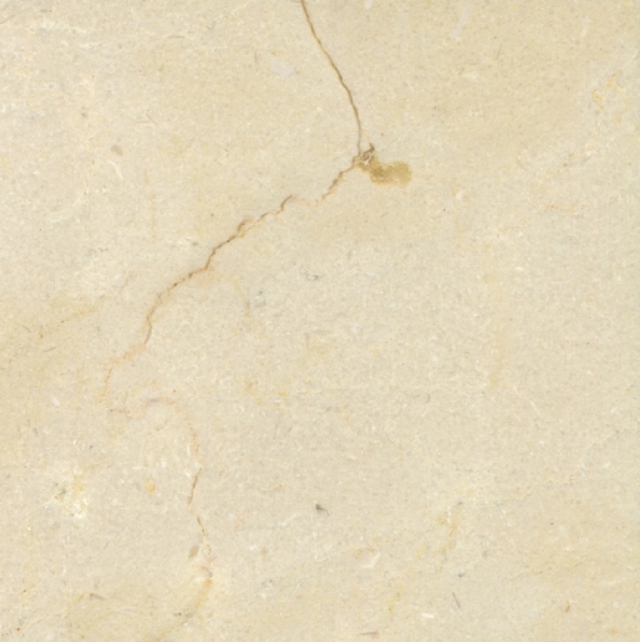GUGGENHEIM MUSEUM IN BILBAO

This time, our attention was drawn to a building which, incidentally, did not enter the catalogue of outstanding works of contemporary architecture because of stone. This building is the Guggenheim Museum in Bilbao (Spanish museum of contemporary art), built between 1993 and 1997. The main materials used in the Guggenheim Museum building are titanium sheet metal and stone.
33,000 titanium sheeting shells weighing a total of 60 tonnes and almost 27,000 m3 of stone, local marble quarried in the Granada area – Crema Huescar – were used in the construction.
Although it is the titanium sheeting that gives the building its character, which attracts visitors and catches their attention, the complementary stone is an element that works perfectly well together and makes the building a monumental work.

The building was designed by one of the world’s most renowned architects of today: Frank Gehry. Famous buildings designed by Gehry include the “Dancing House” in Prague or the 8 Spruce Street skyscraper in New York. These buildings are distinctive and, like the Guggenheim Museum, evoke a lot of emotion with the effect they have on the space they occupy.

Frank Gehry has Polish roots – his mother is a Jewish woman of Polish origin born in Łódź. His architectural studio appears in Poland at design competitions. This year it won the competition for the concept of a new campus of the Academy of Music in Cracow.
Crema Huescar:

– absorption: 0.12 %
– compressive strength: 175.43 MPa
– density: 2,650 kg/m3
– flexural strength: 17.53 MPa
Source: Kurier kamieniarski
Author: Kurier Kamieniarski | Published: 11.09.2017
